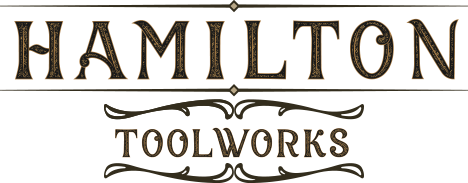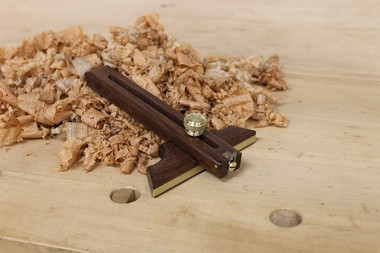African Blackwood originates from central and southern Africa. Considered to be one of the hardest and densest of woods in the world.
Color is a very dark brown to deep black with occasional slightly lighter brown strips and features little or no grain patterns.
Please allow 1 to 2 weeks for delivery.
As of January 2, 2017 the entire Genus of Dalbergia (Rosewood) and all Buginga's are now on the CITES II list of endangered species. What does this mean for my customers? All domestic sales of rosewood will continue as usual. All International orders of rosewood and Bubinga gauges will cease.








